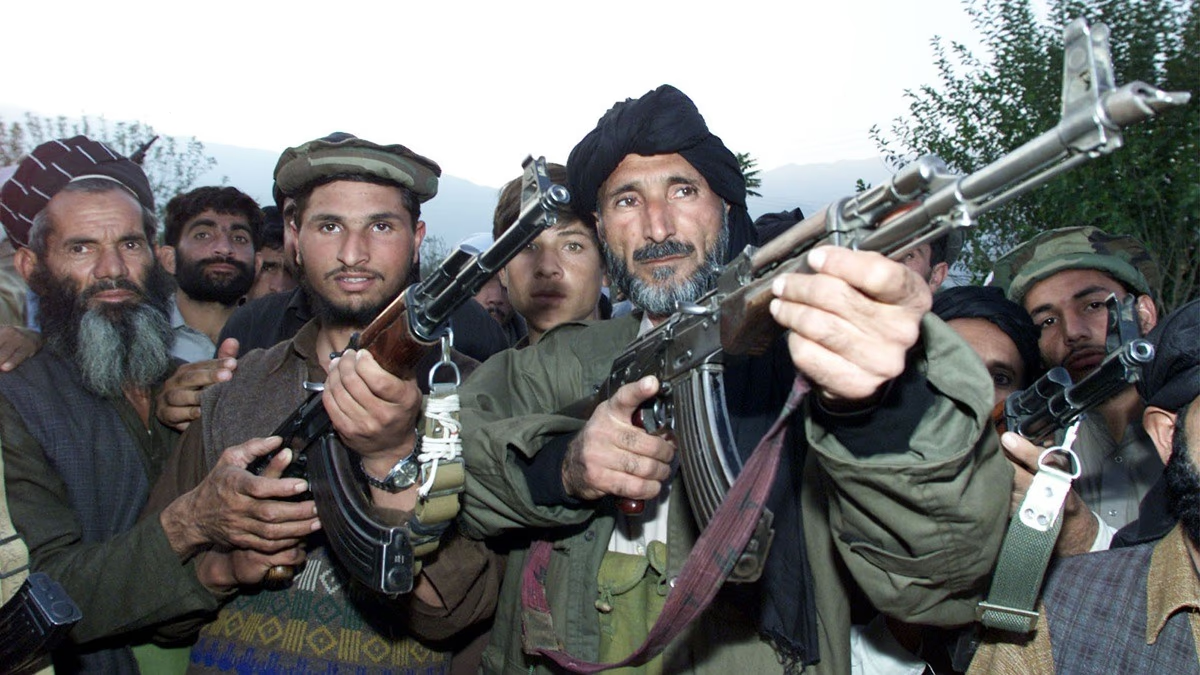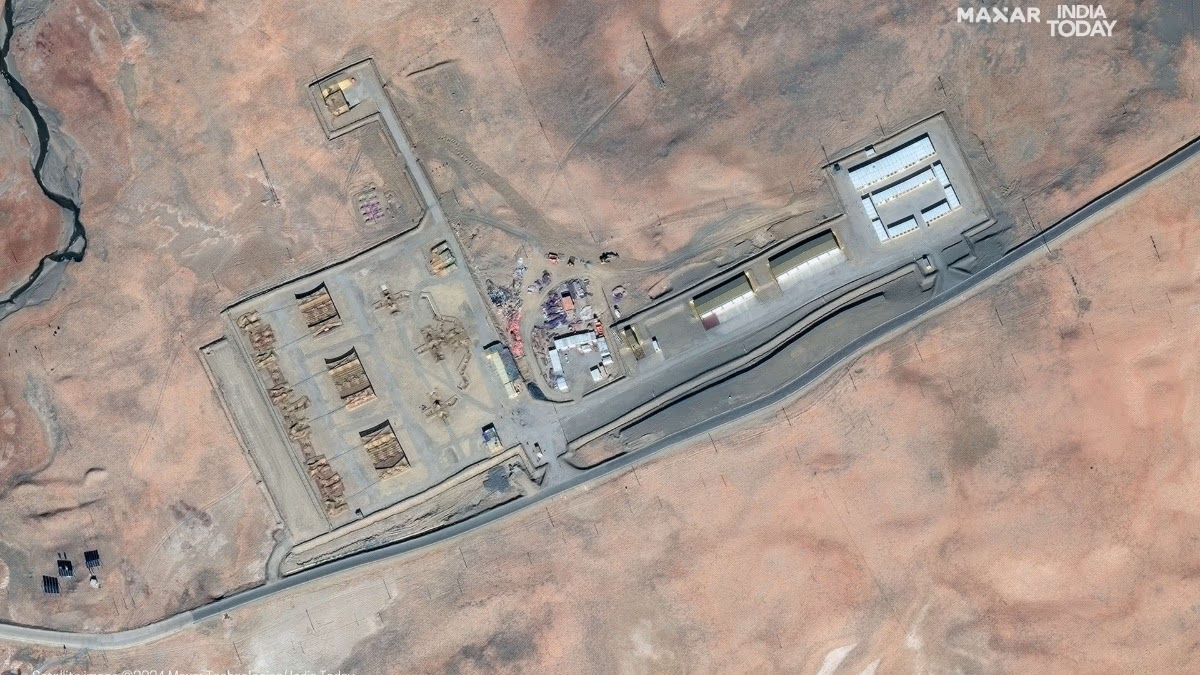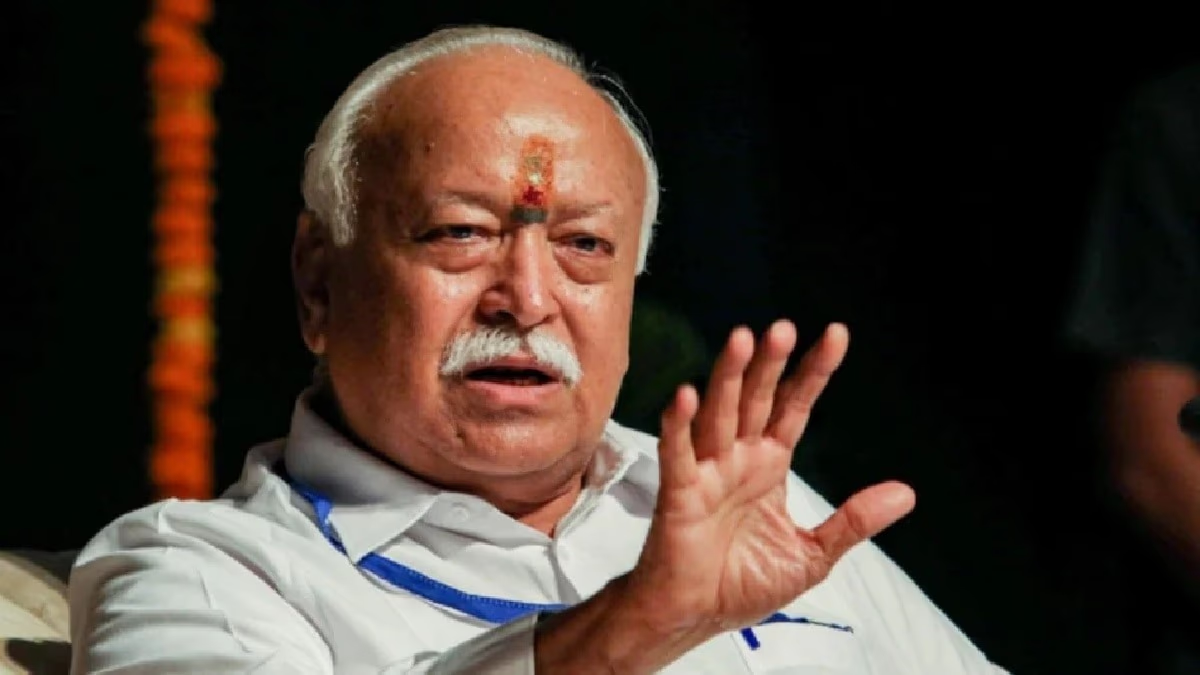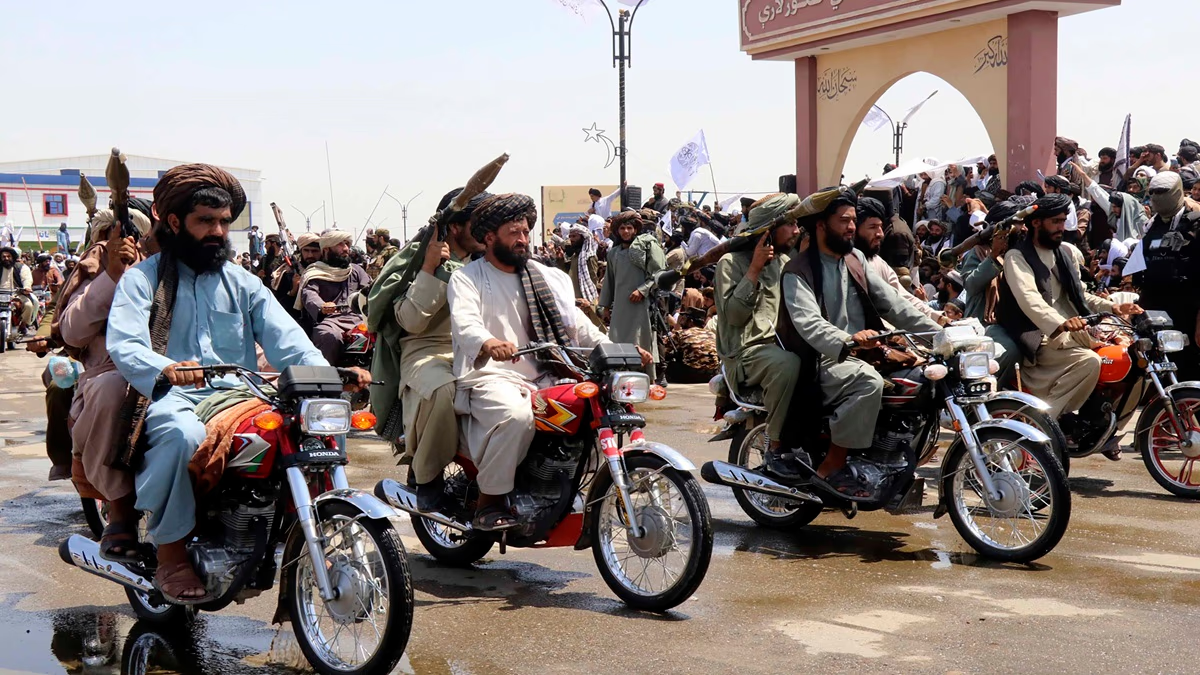
Source: aajtak
In the aftermath of airstrikes on Afghanistan, the Taliban has issued a challenge to Pakistan, vowing revenge. Amidst these tensions, questions arise: what exactly is the Taliban, and how did it become so powerful and an arch-enemy of Pakistan?
This image depicts Taliban fighters in Lashkar Gah, Helmand province, southwestern Afghanistan, on August 14, 2024. They are celebrating the third anniversary of the withdrawal of US-led forces from Afghanistan. (Photo: AP/Abdul Khaliq)
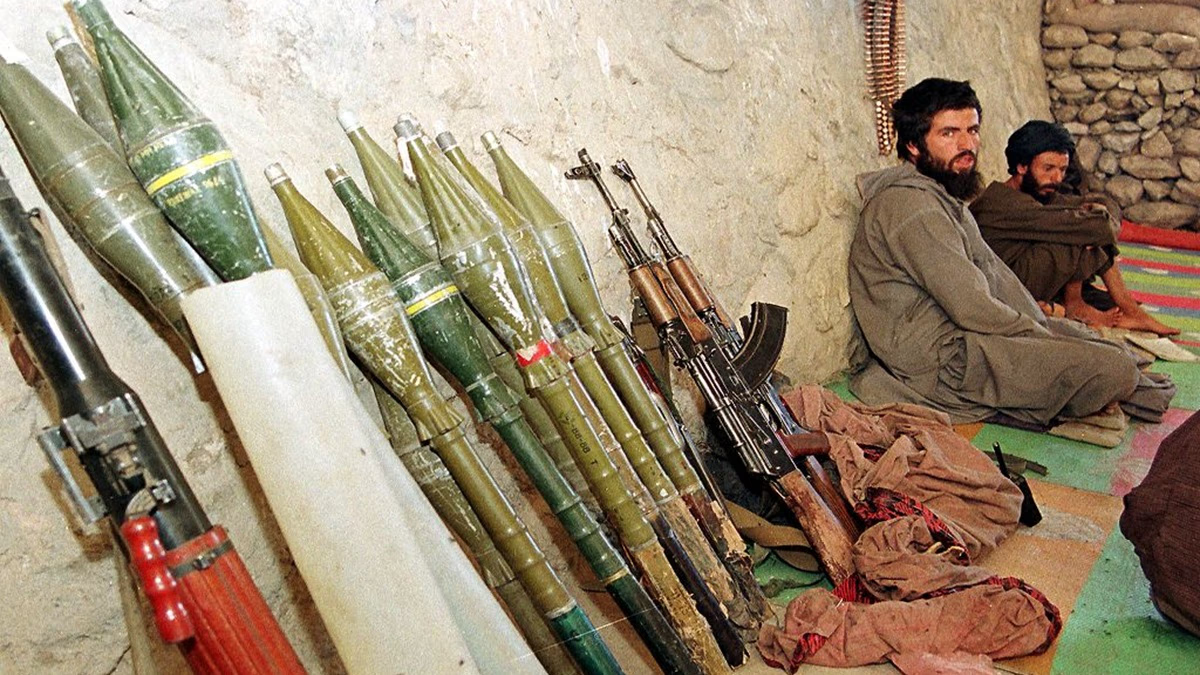
Source: aajtak
Taliban's Past Battles with Other Powers
Before clashing with Pakistan, the Taliban had a protracted struggle with the United States, NATO forces, and the former Afghan government, eventually taking control of the entire country. Who exactly are the Taliban, and what is their mission?
This image shows soldiers of Afghanistan's ruling Taliban militia waiting in their bunkers with their weapons and ammunition, receiving signals from their commanders to attack rival forces on the Bagram frontline. They are preparing to assault the forces of toppled Afghan military leader Ahmad Shah Massoud, aiming to clear the Salang Highway leading to the recently captured Afghan city of Mazar-e-Sharif by the Taliban. (Photo: AFP/Saeed Khan)
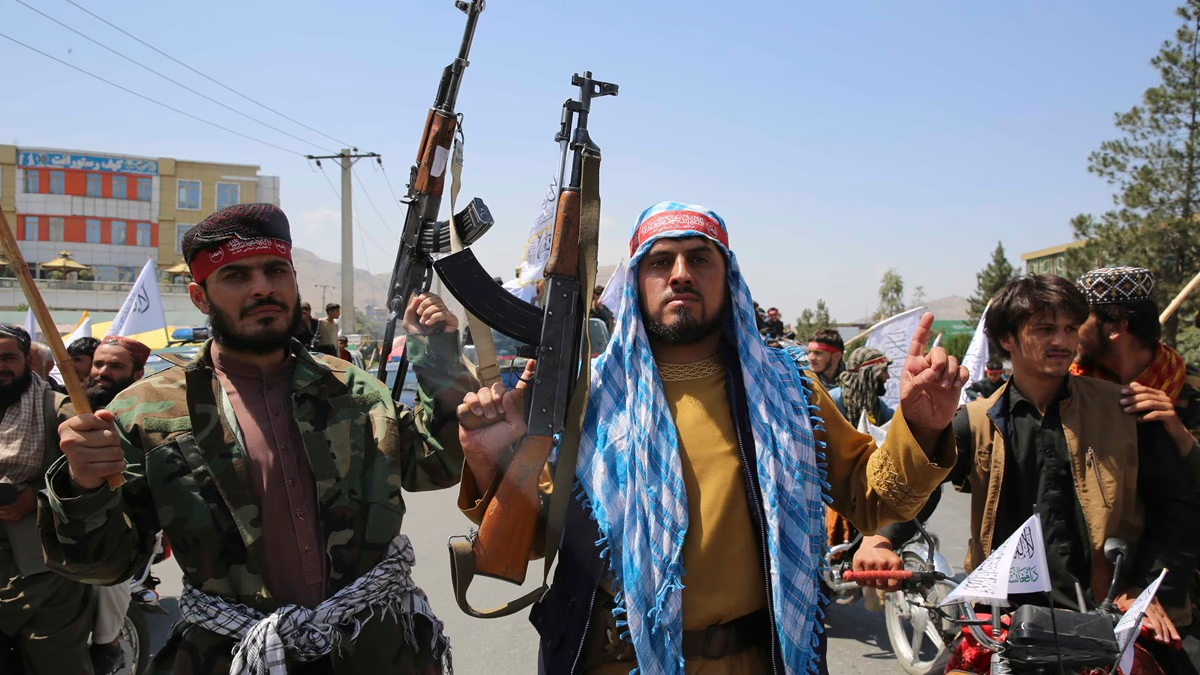
Source: aajtak
Taliban Emerges Post Russian Withdrawal
To fully understand the Taliban, we must delve a few decades back to the time when Soviet forces were withdrawing from Afghanistan. It was in the early 1990s, after the withdrawal of Russian troops, that the Taliban was born in the madrassas of northern Pakistan.
This picture, taken on August 14, 2024, shows Taliban fighters celebrating the third anniversary of the US-led troops' withdrawal from Afghanistan in Kabul. (Photo: AP/Siddiqullah Alizai)

Source: aajtak
The Taliban's Roots in Pakistan
In Pashto, 'Taliban' means students—specifically, those who follow rigid Islamic religious education. The Taliban came into existence as a Pashto movement from Pakistan's religious madrassas. It is said that devout Sunni Islamic scholars laid the foundation for the Taliban in Pakistan with the cooperation of religious institutions.
In this photo, Taliban fighters are celebrating in Kabul on August 14, 2024, marking the third anniversary of the US-led troops' withdrawal from Afghanistan. (Photo: AP/Siddiqullah Alizai)
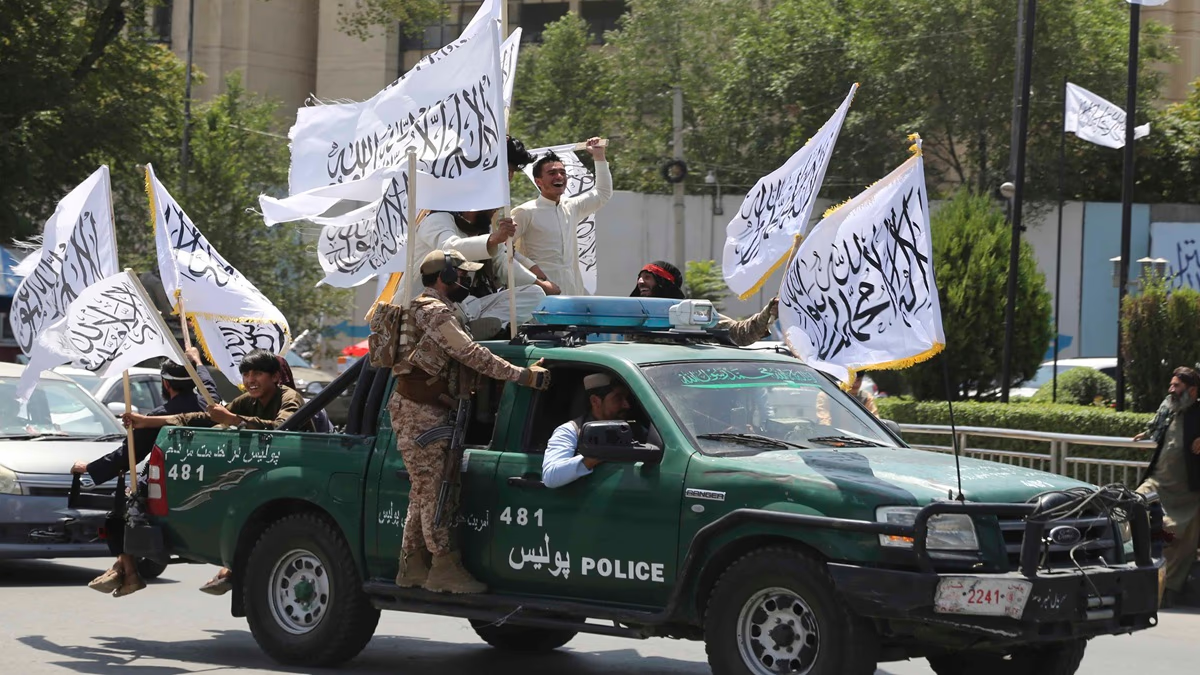
Source: aajtak
Saudi Support for the Taliban
Saudi Arabia significantly contributed financially to the Taliban's rise. Initially, the Taliban launched a movement to impose Islamic rule with strict religious laws in the Pashtun regions of Afghanistan and Pakistan.
Taliban fighters are seen here celebrating in Kabul on August 14, 2024, commemorating the third anniversary of US-led forces' withdrawal. (Photo: AP/Siddiqullah Alizai)
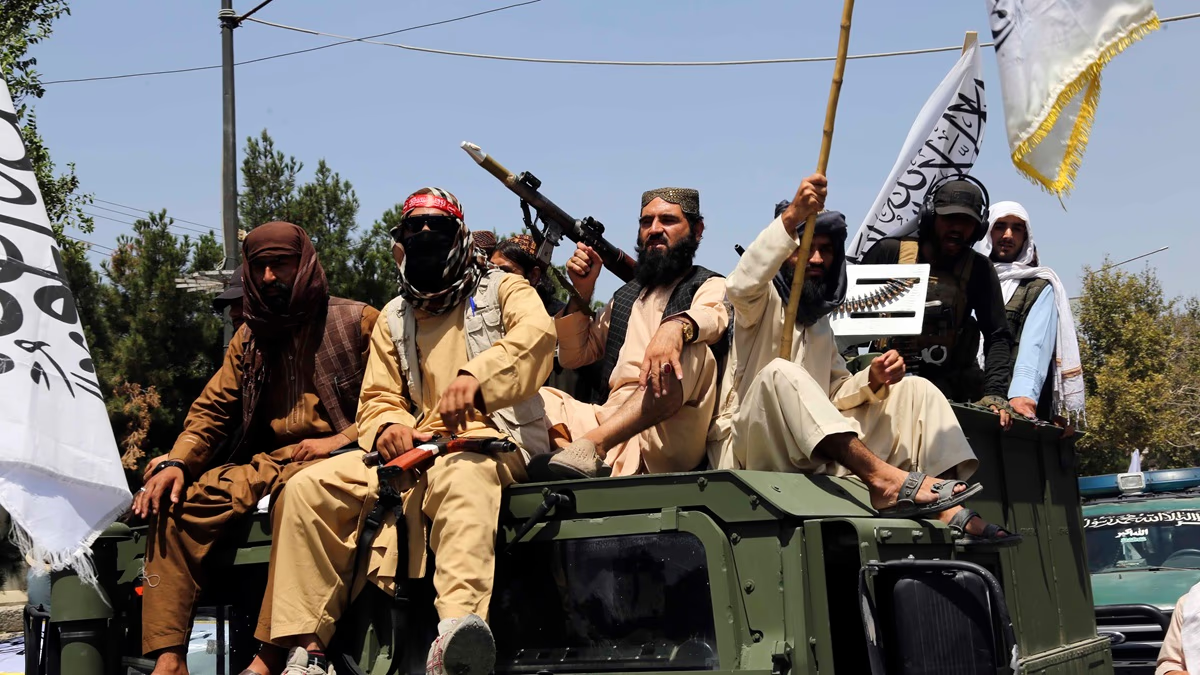
Source: aajtak
Taliban's Initial Aim
From the beginning, the Taliban declared their intention to remove foreign rule from Islamic territories and establish Islamic states under Sharia law. Initially, the burdens of feudal oppression and government corruption drove the public in Afghanistan to welcome the Taliban, with tribes in many regions embracing them.
This picture shows Taliban fighters on August 14, 2024, celebrating in Kabul to commemorate the third anniversary of the US-led troops' withdrawal. (Photo: AP/Siddiqullah Alizai)
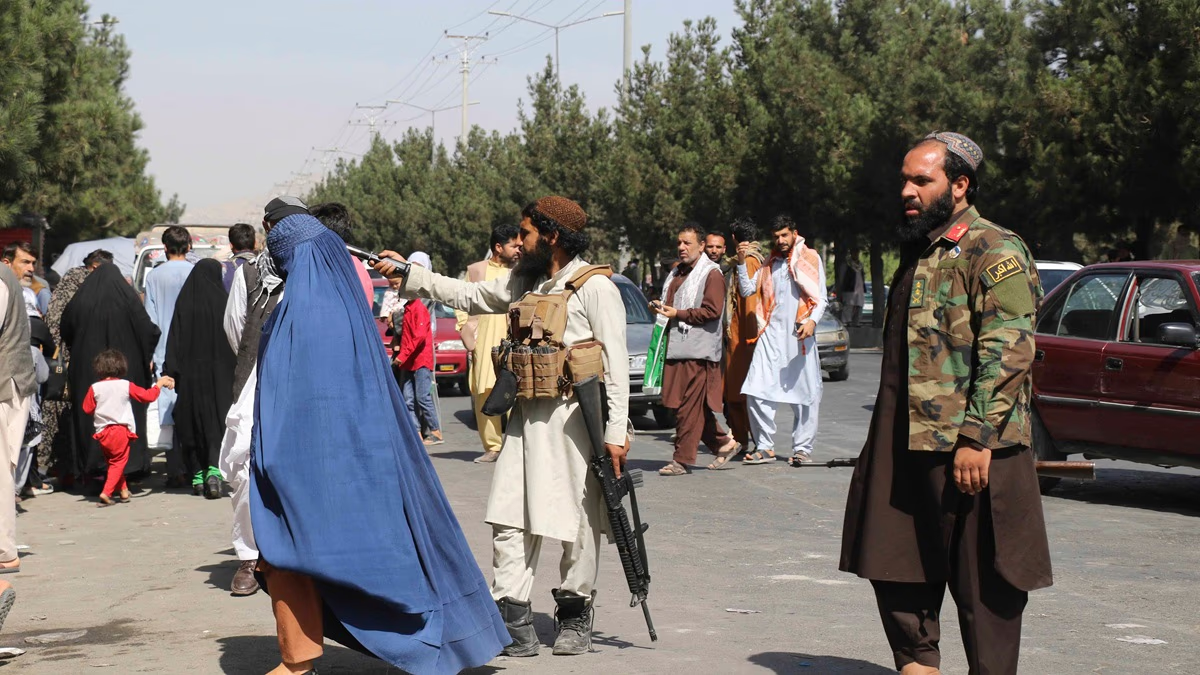
Source: aajtak
Initial Western Engagement
America initially supported the Taliban to end Russian influence in Afghanistan. This support faded over time as religious extremism diminished the Taliban's popularity, although by that point, the Taliban had already grown too powerful to be easily overthrown.
This picture captures a Taliban fighter guarding Kabul Airport on August 27, 2021, following devastating attacks. The attacks converted a scene of desperation among Afghans into a horrifying attempt to escape Taliban control during the final days of airlifts. (Photo: AP/PTI)

Source: aajtak
Taliban's Terror Support
The 9/11 attacks shifted America's perspective on the Taliban. Within Afghanistan's rugged terrain, the Taliban was nurturing and fostering anti-American and anti-European terrorist activities, protecting groups like Al-Qaeda while endorsing attacks in the West. This led America to declare war on the Taliban.
In this picture, Pakistani tribal men pose with guns on October 31, 2001, before joining Taliban forces in fighting. These tribesmen were awaiting their journey to Afghanistan to support the Taliban against America. Led by radical Islamist leader Sufi Muhammad, thousands of disgruntled Pakistani tribesmen joined the Taliban. (Photo: Reuters/Aziz Haidari)
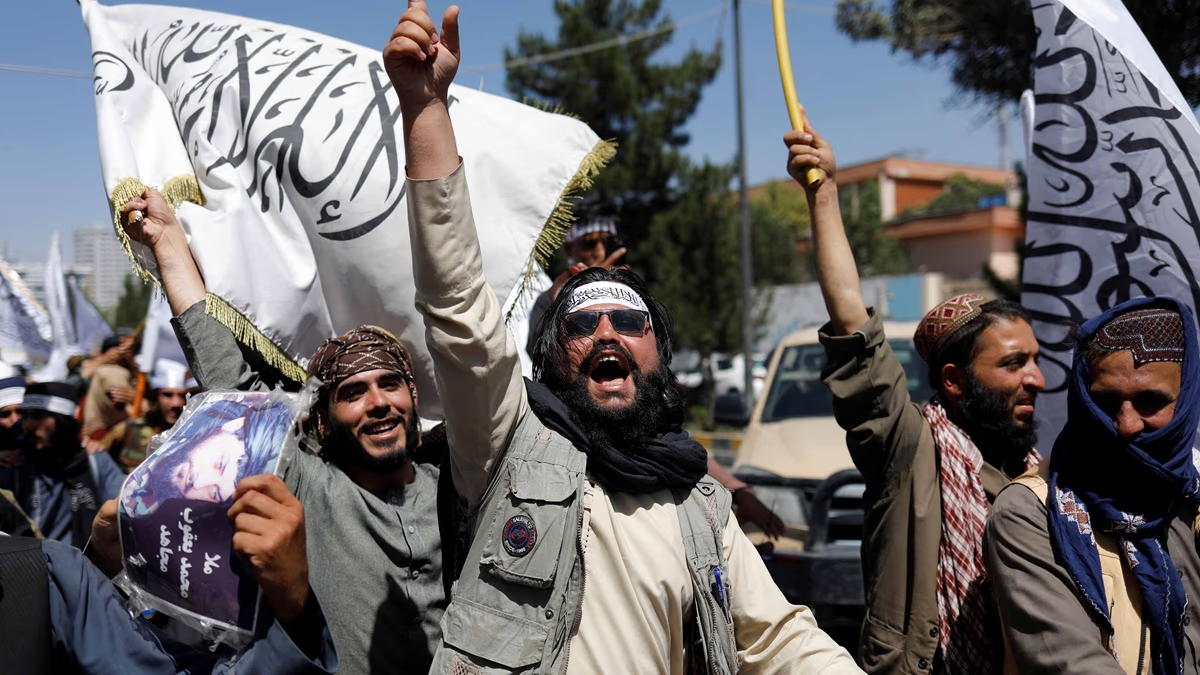
Source: aajtak
2021 Full Takeover
Having seized control, the Taliban presented a robust front against the efforts of US soldiers to eliminate them from cities like Kabul and Kandahar. Despite years of efforts, the American and allied forces did not succeed, particularly in Pakistani-supported Taliban regions.
Seen here is a Taliban member on August 15, 2023, celebrating near the US embassy in Kabul on the second anniversary of Kabul's fall. (Photo: REUTERS/Ali Khara)
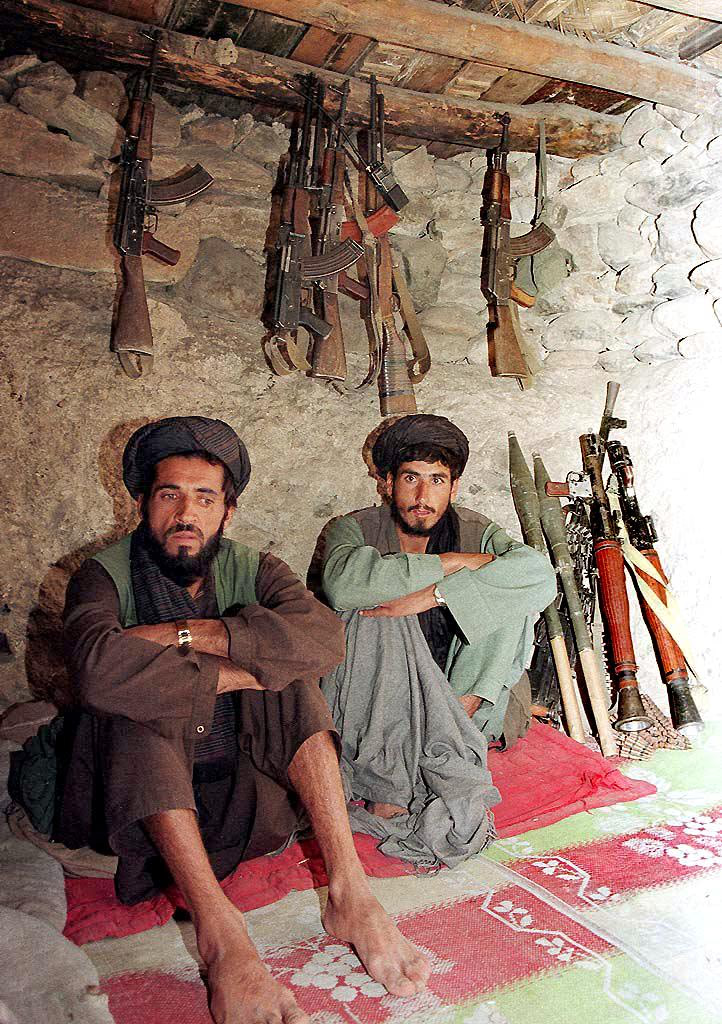
Source: aajtak
Re-emergence in Pakistan
After US troops withdrew in 2021, the Taliban re-emerged as a formidable force. With full influence over Afghanistan, the Pakistani Taliban's impact grew as well. Reviving old motives, the Pakistani Taliban started launching attacks against their own state and military.
In this image, Taliban militia members sit armed in a bunker in the northern border area of Kabul, Afghanistan's capital, preparing to attack Ahmad Shah Massoud's forces following Taliban's capture of Mazar-e-Sharif. (Photo: AFP/Saeed Khan)
